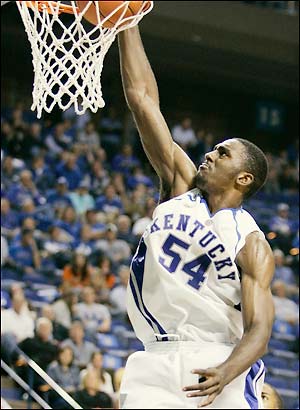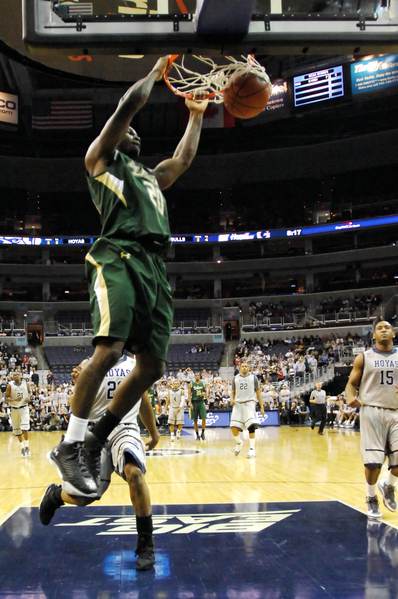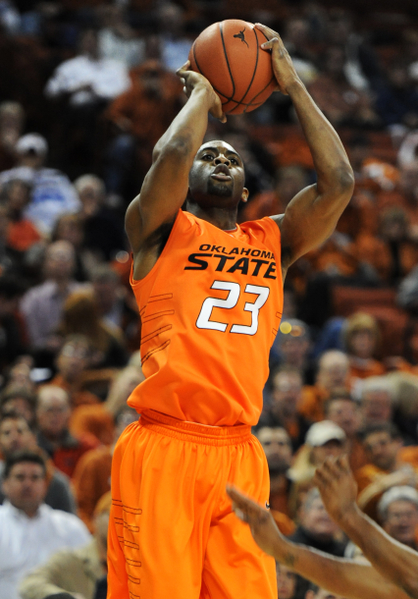2010 One-and-Dones: Was It Worth It?
Posted by rtmsf on July 22nd, 2010After another summer of loud belly-aching, moaning and groaning about how the NBA’s one-and-done rule is methodically destroying college basketball as we know it, we’re left with the fact that, in reality, only eleven players from the prep class of 2009 found their way into the 2010 NBA Draft pool. As it turns out, approximately 90% of the RSCI Top 100 players from last year’s freshman class will return to play another season of college basketball in 2010-11. And this is not unusual. In the four NBA Drafts where one-and-doners were forced to attend at least one year of college (2007-10), there have been a total of 35 such players, or around nine per season. There are obvious problems with the NBA’s one-year rule that we won’t get into here, but we shouldn’t be losing our heads over what amounts to a handful of players each season.
And what about those players — how did it go for them? We can safely presume that if you’re good enough to be one-and-done, a year in college probably worked out well enough for you (ahem, Tommy Mason-Griffin excepted). But we’re more interested in the schools. How did recruiting and ultimately matriculating a one-and-done player work out for those institutions? Put in real terms, was bringing a player like Derrick Favors on campus at Georgia Tech for one year worthwhile? What about Calipari’s den of young Cats? You may recall that we did this school-centric analysis in each of the last three summers (2007, 2008, and 2009), and the basic conclusion that we’ve found is that one-and-done players have generally benefited their schools in the two areas that matter most: 1) wins; and 2) marketability. Let’s take a closer look at this year’s group.
2010 One-and-Dones
Kentucky – Well Worth It. Say what you want about the meltdown of Calipari’s Cats in the Elite Eight against a tougher, more experienced West Virginia team, but the fact that Kentucky brought in the #1 recruiting class of 2009 and delivered on the implied promise that Cal’s system develops NBA draft picks is why his cadre of one-and-dones (John Wall, Eric Bledsoe, DeMarcus Cousins, Daniel Orton) was well worth it. And here’s the what behind the why: four five-star prospects arrive in Lexington next year (Enes Kanter, Brandon Knight, Doron Lamb, Terrence Jones) and two more are signed on for 2011 (Michael Gilchrist, Marquis Teague) with several others lurking in the wings. Not every one of these players will become a one-and-doner, so eventually Calipari will be able to season some experienced talent around his annual lottery pick arrivals (see: 2008 Memphis) to give himself a great chance to win that elusive national title. As far as the difference in Q rating from the Gillispie era to now, it’s like that $22M/year Tiger Woods lost in endorsements since last November somehow ended up in Lexington as gold-plated streets. UK has become the program du jour for the young, moneyed and hip, and when the head coach infamously stated that this year’s NBA Draft night was the greatest night in the history of Kentucky basketball, he’s referring to marketability. The pitch: come to Lexington, play a fun style of uptempo basketball, win 30-35 games, market your brand on television through our deals with CBS and ESPN, have a shot to win a title, meet celebrities such as LeBron James and Drake, and end up shaking David Stern’s hand in a year or two… not exactly fraught with hard decisions. If Calipari can keep his program in the headlines for the right reasons, this class will be looked at as the tipping point for a whole new era of Kentucky basketball. Definitely well worth it.
Marshall – Well Worth It. If you recruit a player who wasn’t even ranked in the RSCI top 100 and he ends up dominating your league as a freshman center to the point of becoming the Conference USA defensive POY and leading the nation in blocked shots, it was well worth it. Hassan Whiteside’s one year in Huntington led the Thundering Herd to its best season in over two decades, culminating in a fourth-place finish in CUSA, big late-season wins over UAB and Tulsa, and a quarterfinal appearance in the CIT. For a program that hasn’t been to the NCAAs since 1987, any postseason appearance is a great year, and Whiteside’s patrolling of the paint had no small part in it. The unfortunate part of Whiteside’s meteoric rise is that the Herd had such a good season that as a result it also lost its head coach Donnie Jones, which may impact the long-term marketability aspect of Whiteside’s year there. Nevertheless, we doubt anyone at Marshall regrets the year that both Whiteside and Jones resided in Huntington together, so we think that this was a huge boost for a mid-major program not used to having such players around.






















































